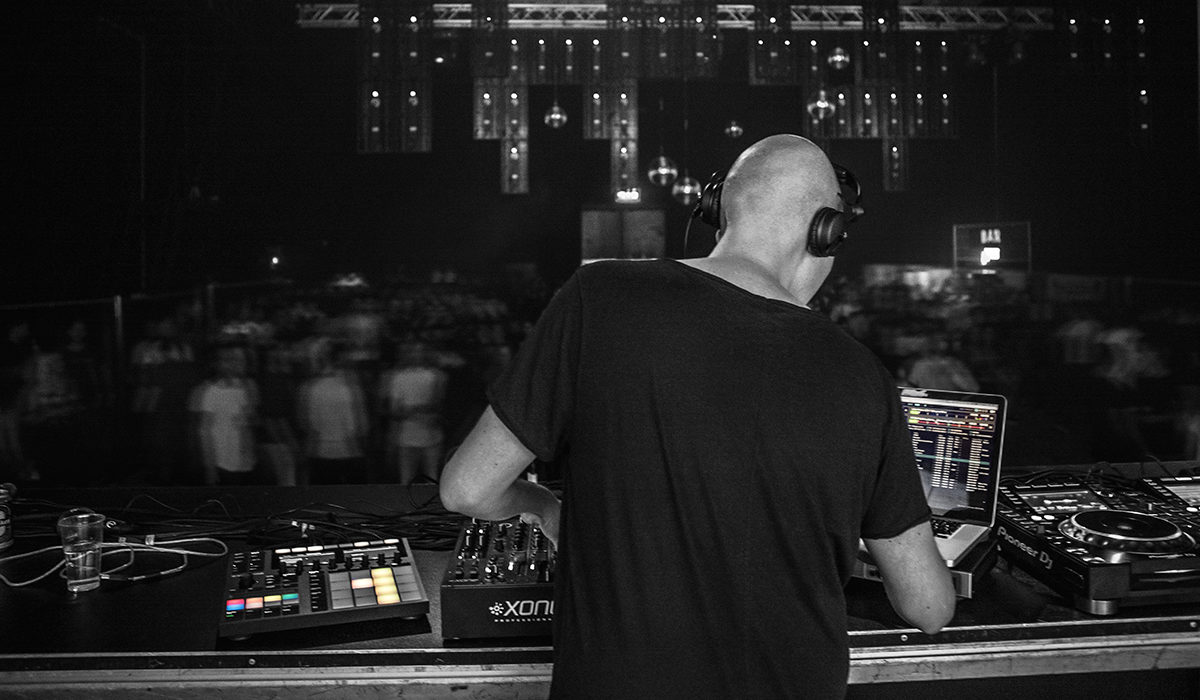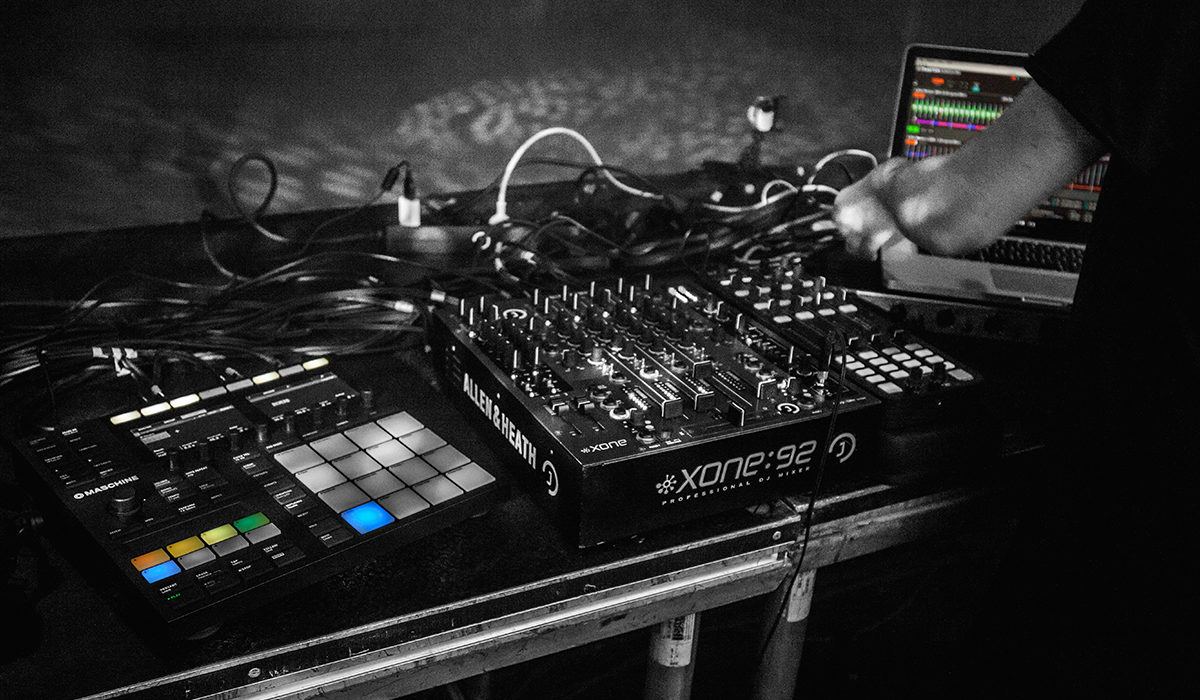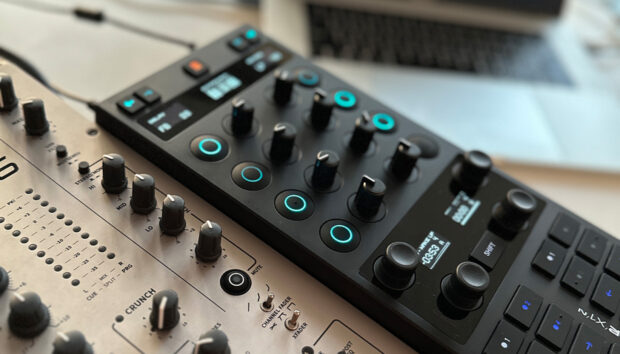Dutch producer Joran van Pol dived into electronic music at a young age. Having collected records for many years, he earned a formidable reputation playing regular backroom DJ sets at the iconic Studio 80 club in Amsterdam. He soon made his production debut, with early releases on the record labels of Richie Hawtin and Dubfire. Since 2016 Joran has run his own label FADE, representing his love of minimalist and deep techno music.
The artist
How did you get into making music?
We had a lot of electronic music playing on national radio in Holland. Even though it was Tiesto and Armin van Buuren, it still influenced me and triggered the search for more music. Back then, the only way to do that was to go and buy vinyl, because it wouldn’t be on CD. When I was 12, I decided that I wanted to create, and not just listen, so I got Magix Music Maker and started putting loops together. That kept evolving until where I am today.
Do you consider yourself a producer or a DJ?
They are equally important, and I couldn’t do one without the other. Especially because my DJ setup is a hybrid between playing other people’s records and trying to make something new of it. Like adding loops, adding effects, using parts of tracks as a sort of new way to mix everything together.
So without my producer insights, I would not be able to do that on stage, but then again, without my DJ insights, I would not be able to make the tracks that I am currently making. I kind of know what works on the dancefloor, and what doesn’t. So I would say I am equal parts DJ and producer now.

























